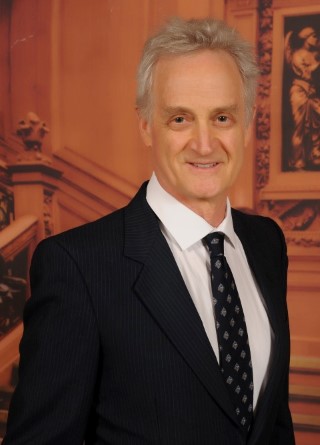
Diplomate: American Board of Emergency Medicine
Diplomate: American Board of Internal Medicine
Science Advisory Boards: Brain Preservation Foundation , Lifeboat Foundation , Society for Mind Brain Sciences , and EmPowerYu (remote monitoring startup)
Affiliate: Stanford Center for Mind, Brain, Computation, and Technology
Emergency Physician: Kaiser Permanente, Northern California, retired
Research Associate (1981-1986): Stanford University, Computer Science Dept. and co-Principal Investigator of the RX Project (Stanford University)
Awards from NIH: NLM, NCHSR; NSF; PHS; PReMA; RWJ Fnd; Toyobo Fnd;
PhD: Computer Science and Biostatistics: Stanford University - 1981 The RX Project: Automated Medical Discovery - 1976 to 1986
Post-Doctoral Fellow: Clinical Pharmacology: Stanford University (1976 to 1979)
House Staff and Chief Resident: Internal Medicine: Kaiser Northern California
MD: University of California, San Francisco (MSTP: neuroscience) Regent Scholar
B Sci: Massachusetts Institute of Technology (mathematics) and Hertz Engineering Scholar

ChatGPT, GPT4, and other large language models (LLMs) are a huge leap forward on the inevitable path to human-level AI. OpenAI's ChatGPT scored 100 million signups in 60 days. Microsoft has put 11 billion dollars into OpenAI (market cap 40 billion dollars.) Google and Meta (Facebook) with competing LLMs are hot on their heels. Apple will soon join the party.
GPT4 scores in the top 90% on a simulated bar exam. It also aces programming problems scoring in the top 10% on coding problems given to Silicon Valley applicants.
But, it seems that it's SCARY GOOD! The Future of Life Institute circulated a petition calling for a 6 month halt on the further rollout of LLMs. It's been signed by some top AI researchers and tens of thousands of others. Here I weigh in on the petition. I view the expressed concern as well-motivated. But the proposal is infeasible and impossible to monitor.
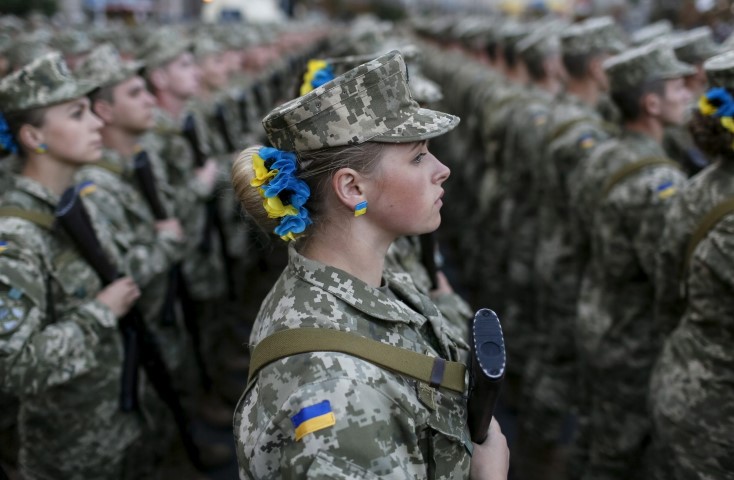
Day One of Russian President Vladimir Putin's ghastly invasion of Ukraine was on 24 February 2022. Now in April the horror is on full display as cities are bombed to rubble.
I've been transfixed by the worldwide daily news coverage. In this article I show many of these outstanding reports.
My mother's family had lived in Kyiv under the Czar and finally emigrated to California around 1900. Like many Jewish families we came to America to escape the pogroms and were thereby spared the megadeaths inflicted by Joseph Stalin and by Adolph Hitler.
I and the entire free world have been inspired by the fortitude and leadership of Ukraine's President Volodymyr Zelensky and by the courage of his countrymen.
I was recently heartened by our US Defense Secretary Lloyd Austin's statement that our goal should be for Ukraine to win the war. To me that means taking back Crimea and the Donbas and having Russia provide reparations to rebuild Ukraine as a vibrant member of the EU.

In early April, 2020 I saw an explosive video documentary on the origin of SARS-CoV-2, the virus that causes Covid-19. That video, by Epoch Times reporter Joshua Philipp, has been seen four million times on YouTube.
But, is the documentary fiction or nonfiction? I had to find out.
The definitive evidence that SARS-CoV-2 was NOT cooked up in a biowarfare lab in Wuhan is contained in a 17 March 2020 Nature Medicine paper by five expert virologists. The paper is tough sledding for non-biologists, but I dissect and attempt to explain it.
My verdict (concurring with several other science writers) is that while SARS-CoV-2 is unlikely to've been deliberately synthesized, the possiblity that this bat-related virus might've accidentally leaked from a Chinese virology lab cannot be completely dismissed.
My other essays on Chinese tech and economics are here:
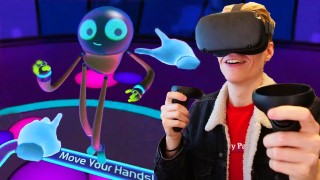
I bought an Oculus Quest 2 in November, 2021. I love it! Here are my "excellent adventures" with this must-have VR headset. (BTW, That's a picture of blogger Nathie — I'm fifty years older.)
Even if you're a senior (age > 39,) VR is a great place to hang out while Omicron burns itself out. Here I describe the games and apps I've tried on Facebook's (now Meta's) Oculus Quest 2 headset. I especially enjoy apps for dancing (Synth Riders, Beat Saber, and Dance Central) and apps for boxing (Creed and Thrill of the Fight) and parkour (Stride.) But my top pick is Eleven, a table tennis (ping pong) game with stunningly realistic physics. What I really enjoy is chatting with opponents from around the globe.

I've been fascinated by the neurobiology of consciousness for fifty years.
How is it possible for neural circuits to produce pain, pleasure, and our entire perceived world?
Consciousness is the master illusion — the engineering product of hundreds of millions of years of evolution.
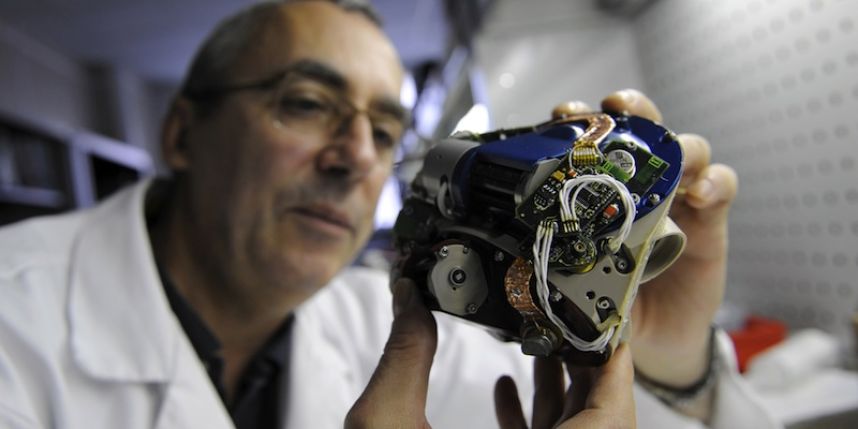
French biotech Carmat has developed a total artificial heart — a stunning breakthrough. Although a heart transplant is preferable (if you're one of the few to get a suitable donor heart,) Carmat's device could become the second best option for terminal heart patients — and there are millions. The Carmat heart features biologic membranes, pulsatile blood flow, and electronic autoregulation. (In this review I also cite competing American biotech makers of left- and bi-ventricular assist devices.
Carmat's Aeson heart has already been implanted in over twenty patients in Europe initially as part of its PIVOTAL Trial and since 2021 under a newly granted CE Mark. The first implant in the United States took place in July 2021 at Duke University. That patient, a 39 year old man, has done well and has been discharged. Two other patients were recently implanted at the University of Louisville/ Jewish Hospital.
The Carmat heart and its competitors are principally offered as a bridge to transplant within six months.
10 Jan 2022: Pig to Heart Transplant at University of Maryland.
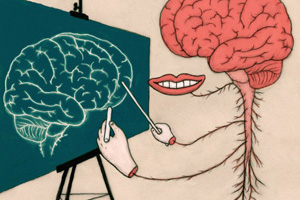
This is an outstanding work by one of the world's top researchers of consciousness. Since the death of William James and the ascent of Watson, Thorndike, and Skinner, consciousness all but disappeared (as a field of study) from American cognitive neuroscience. Europeans, especially the brilliant Stan Dehaene, are leading the current revitalization.
How does the brain create consciousness? And, if this is simply a story of billions of spiking neurons talking to one another, can it be done in silicon? (If so, this may occasion a profound turning point in human history.)
Dehaene presents a wealth of evidence supporting the view that consciousness is
Self-Driving cars (SDCs) will be the most important drivers of machine vision, neural network architectures, and AI processor hardware over the 2020s and 2030s. The case boils down to money and technology acceleration. Money (hundreds of billions of dollars in R&D) will be invested in the 2020s. That money will translate into a hundred thousand engineering jobs worldwide as companies and countries in Asia and the West compete for dominance. This article is a heads-up display of that thesis and its ramifications.
Since my days as a math/cog sci undergrad at MIT, I've been interested in two questions:
(And, might a "conscious, subjective world" be a necessity for human level intelligence, for machine intelligence, in general, and for self-driving cars, in particular.)
Here, I review the state of the art of autonomous vehicles, their sensors, their CPUs and the companies that make them. Cars will need steering wheels in traffic until at least 2030. But, I think by 2040 we'll be able to throw them away.
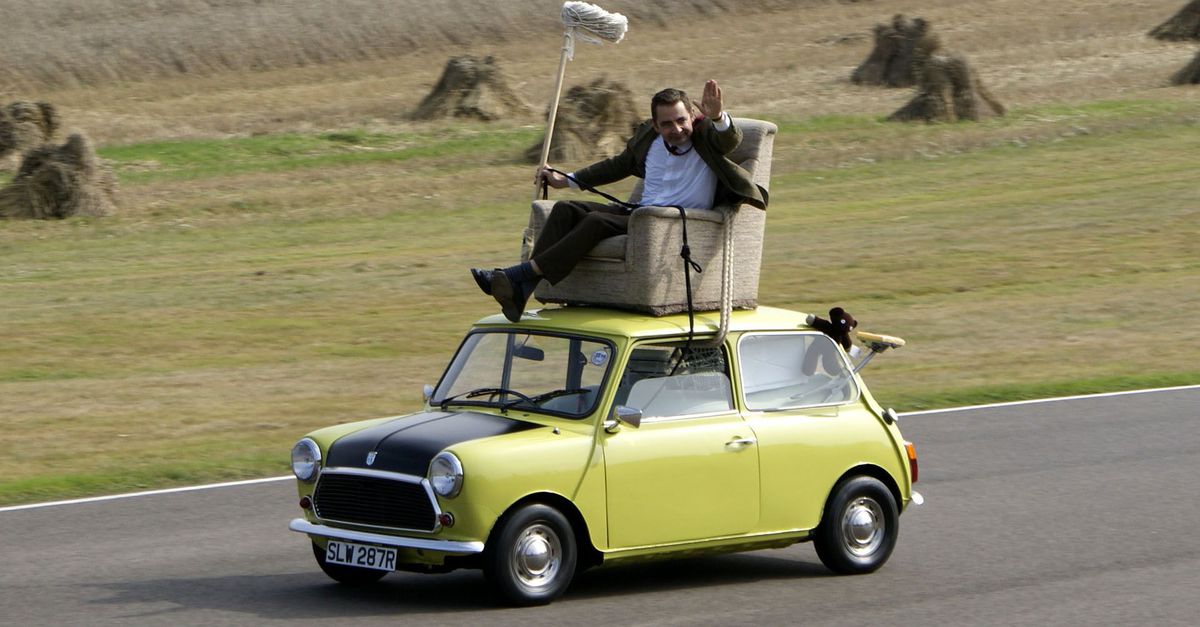
Living in Silicon Valley, I'm used to watching Google's self-driving cars dodge me as I ride around town on my electric bike. But, are they conscious?
No (not yet!) But, here I address what it will take to make them conscious — and, why would you bother? Also, what's the difference between machine vision and mammalian visual perception? Led by advances in neuroscience, computer vision researchers are rapidly accelerating (but have quite a ways to go.)

Two new videos have just appeared in the prestigious journal Science. The first is an animation showing the incredible level of detail at the synapse. The second video, based on hundreds of electron micrographs stitched together, shows the impossibly complex ultrastructure of the neuropil: the impenetrable forest surrounding synapses.
The key question is — how much of that fine detail must be modeled to replicate the brain's performance? My confident assertion is that much more is required than is incorporated into current brain-inspired AI models. (Multi-layer convolutional neural nets are just a start — even when combined with reinforcement learning.)

We are each a community of 37 trillion cells in dynamic equilibrium with what we eat. So, what should we eat? How many calories per day? How much fat and what kinds of fat? Controversy abounds, but it's essential to get it right. I examine the issue in detail and show you the best videos and articles available free on the internet.

After two years on a very spartan diet, my health took a nosedive. With intolerable dizziness and burning in my feet, I was desperate for an answer.
I got a first clue in 2018 after a lengthy workup. My vitamin B1 (thiamine) had dropped to a dangerously low level.
After taking vitamin B1 supplements my health gradually began to improve, but I wondered "what else might I be low in?"
The answer was "a lot." My blood plasma and WBCs (specifically, lymphocytes) were low in over a dozen intermediary metabolites and other micronutrients. The only way to determine their levels is to measure them in a lab.
Here, I describe the extensive micronutrient panels that I got from two companies: SpectraCell and Vibrant America. If you can get a micronutrient panel cheaply through your health insurance, do that — it's a no-brainer. If you're paying cash, it may still be worth it.

If the "Rapture" is near, we might as well enjoy ourselves while we wait.
The weird and the unusual, especially if set to a catchy tune —
think Weird Al crooning about Donald Trump. (The Donald was a great source of entertainment in 2016 during the Primaries (especially when being endorsed by kindred-loony Sarah Palin.) Now, he's just scary.))
But, to bring this up to the minute (April, 2020) here's Trump vs God on Pay Per View.

Attaining such supernal wisdom may entail understanding the entirety of the internet — not to mention hundreds of billions of real-time sensors. It will also entail advances in AI not yet even envisioned.
A byproduct may be the AI's ability to autonomously create Nobel-level science and engineering in many fields. This will not happen in my lifetime and possibly not even in yours.
Would this be desirable for planet Earth and our biosphere? Possibly, yes! Humanity's unchecked proliferation, uninformed by long-term sustainability, has been an unmitigated disaster for our biosphere.
Some SETI/Fermi Paradox cognoscenti believe there's a Great Filter that rids the Universe of technological civilizations, eg by nuclear annihilation or by crafty, rampaging AI. With regard to that, it seems to me more likely that superintelligent AI may eventually provide humanity with wise counsel and enhance our survival, rather than terminating us maliciously. They might ultimately be as good at steering civilization as they are at steering driverless cars.

I'm on the Science Advisory Board of the Brain Preservation Foundation (BPF), which seeks to advance the state of the art by awarding cash prizes for best research. So, what are the prospects? I haven't signed up with Alcor, but ask me again in 2030.
Here, neuroscience MD, PhD candidate Andy McKenzie elicits my opinions. In brief: molecular whole brain preservation may be possible by 2040. Resurrection in silicon may not be possible (if ever) until well after 2100. So, keep eating vegetables and exercising — that's my best advice for now!
By the way, we just awarded our BPF small mammal cash prize to Robert McIntyre, who spearheaded the team at 21st Century Medicine. If you want to see the state of art, get his paper "Aldehyde Stabilized Cryopreservation" in Cryobiology.
2018 Update: Robert McIntyre also founded Nectome, a company promoting end-of-life euthanasia to facilitate brain preservation for the purpose of future brain uploading. He had a research collaboration with MIT superstar neuroscientist Ed Boyden that MIT just terminated. Although McIntyre's brain preservation techniques are very real and "cutting edge" as is Boyden's neuroanatomical research, the notion of brain uploading to resurrect consciousness is fanciful science fiction. But, the future is not yet written.

These are my detailed notes on the many lectures I attend every week at Stanford. These frequently feature cutting edge research by faculty, students, and visiting superstars. My WebBrain contains thousands of archived lecture notes (last updated November, 2021).)
I upload a few hundred new lecture notes twice a year: subjects include neuroscience, psychology, AI, cardiology, and molecular biology. (These notes are alway freely available — though not geared for the general public.)
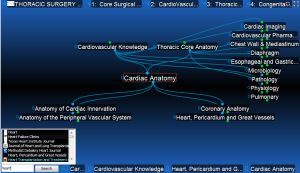
A Repository of 12,000 Links to Cognitive Psychology, AI and Neuroscience (the public half of my 24,000 node private collection.) Also, hundreds of new links on biology and clinical medicine (longevity and nutrition) (updated November, 2021 — News flash: my in vivo brain is still only 1½ quarts, if that.)
Also, see this concise Stanford News graphic on building a brain.

Atherosclerosis of the coronary arteries (and consequent heart attack) is the number one killer throughout the United States and Europe. If you're a man over 45 or a women over 55, chances are your arteries show signs of atherosclerosis. But how much, and are you a "sitting-duck" waiting to die?
Treadmill tests are woefully insensitive — if your treadmill is positive, it's very late in the game. But, a reliable measure of coronary artery disease can be had by fast CT scan for coronary artery calcification. This is a story with a highly personal angle.
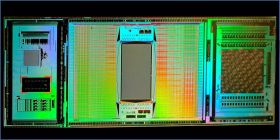
The "ETH Array" is my name for a spectacular CMOS chip developed in the lab of Swiss researcher Andreas Hierlemann, who presented this work in 2016. Our seminar was hosted by Stanford's Professor E. J. Chichilnisky, whose lab is using it to study retinal physiology.
The newest (2016) generation of the chip contains an array of 60,000 electrodes, which can trace the flow of action potentials (spikes) in overlying brain slices in real-time.
This MEA (multi-electrode array) can also simultaneously stimulate the overlying neurons and record synaptic release of neurotransmitters.
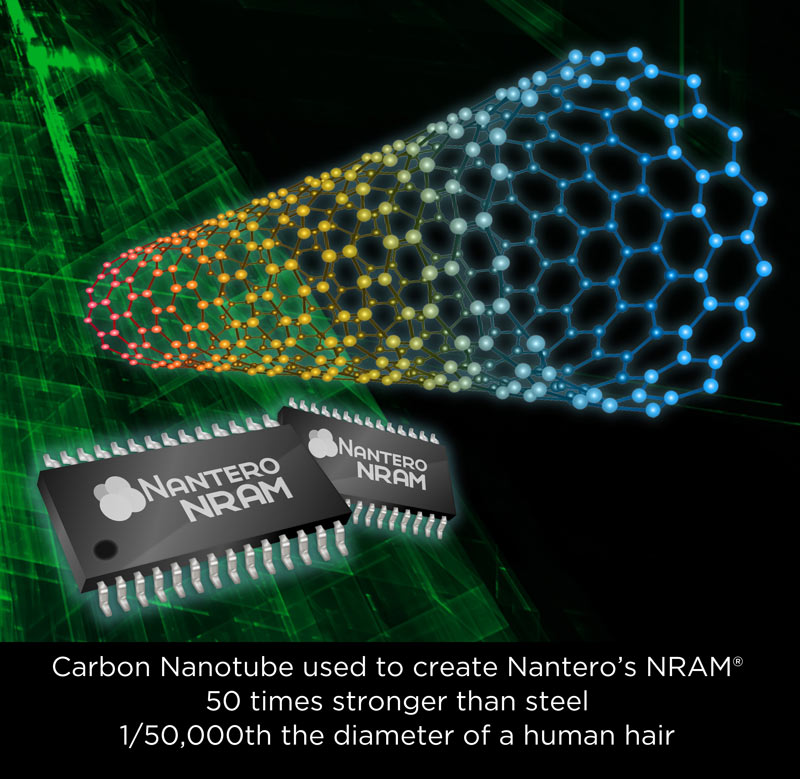
Although NAND flash has been a spectacular success (as in Amazon's best selling Samsung 850 Evo SSDs,) two new technologies will soon eclipse it, and even compete with DRAM in speed.
In the works for over a decade, startup Nantero's carbon nanotube (CNT) NRAM (non-volatile memory) will finally hit the market in 2018. With a fresh infusion of $21 million dollars for further development, their CNT NRAM has been licensed by several manufacturers. This will truly be a ground-breaking advance.
Intel and Micron made big waves in 2015 when they announced their 3D XPoint tech. It will be marketed starting in 2017 as Optane, initially for servers and subsequently for high-end gaming PCs.
Both of these new memory techs will help usher in a new world of inexpensive genomics, cutting edge brain simulations, and ubiquitous robots and self-driving cars.
PS: Stay tuned for 2020 update.

Moore's Law (the doubling of CMOS transistor density every two years) is decelerating, but will it soon hit a brick wall?
To prevent that, Cymer, ASML, and Intel have spent billions developing EUV litho. Although EUV has been a struggle, it's now a matter of when, not if.
EUV may be used in 2020 for critical layers at the 10 nm node, and later in all layers at the 7nm and 5nm nodes.
PS: 2020 Update: TSMC is eating Intel's lunch. Story to follow; stay tuned!
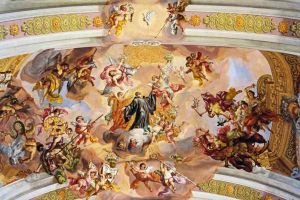
Are Near Death Experiences (NDEs) real? Yes, the reports are real.
During a hike in the Arizona desert, I interviewed famed NDE researcher Pim van Lommel, who believes these experiences require fundamental revisions in physics.
My answer: "Forget it!" NDEs are hallucinations. Neuroscientists can reproduce them in the lab.
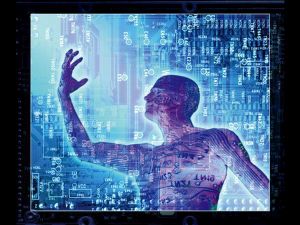
Kevin Kelly is the renowned futurist and founder of Wired magazine. As I looked at the rave reviews for his new non-fiction work, The Inevitable, I wondered, "Are Marc Andreessen, David Pogue, and Chris Anderson just giving the Senior Maverick at Wired his proper obeisance?"
No! This is another home run (as was What Technology Wants) — another magnum opus — this time addressing the phase shift in civilization signaled by the amalgam of internet + seven billion souls.
In June, 2016 at (the renowned) Kepler's Books, I introduced Kevin and his interviewer, New York Times tech columnist, John Markoff to an SRO crowd.
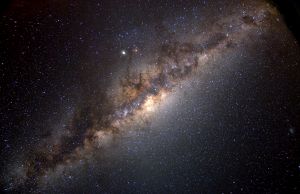
There are perhaps two or three dozen physical constants that characterize the nature of our Universe. Some of these are 1) the speed of light, 2) the strength of gravity, 3) the strength of electromagnetism, 4) the strength of the strong force that binds protons and neutrons (and quarks) together to form atomic nuclei, 5) the relative masses of electrons and protons, 6) the ratio of strengths of electromagnetism to gravity, and so on.
It is widely thought by many physicists that these physical constants have to be very narrowly set to allow for the existence of a Universe that permits life. How did we get so lucky?
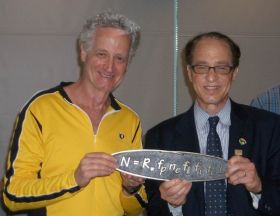
Are we alone in the Universe? Whether yes or no, the answer is profoundly significant for humanity. The thousands of exo-planet discoveries by the Kepler Mission persuade me that antimicrobial life is likely out there. As for highly advanced extraterrestrials, that's far less certain.
One of the advantages of living in Silicon Valley is being close to the SETI Institute, whose lectures are open to the public (and available online.) Formerly a part of NASA, SETI is the World's HQ for the search for extraterrestrial intelligence.
Addendum: In 2018 TESS (the Transiting Exoplanet Survey Satellite) launched and is expected to discover thousands of new exoplanets, including hundreds of rocky, Earth-sized planets. This will be followed in 2021 by the James Webb, in 2025 by WFIRST, and in the late 2030s by Luvoir.
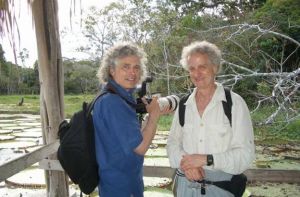
A few years ago, I went on a trip to the Brazilian Amazon organized by the Center for Inquiry (CFI.)
CFI advocates the (seemingly outrageous) position that personal beliefs and public policy should be based on scientific evidence.
Our guest speaker on this trip was neuroscience's Explainer-in-Chief, Harvard Professor Steven Pinker, whose many books regularly top the best seller lists.
Neuroscience in the jungle with Steve Pinker — that's what it takes to get me out of town and off my bike.

After Microsoft started their forced cram-downs of Win10 in December, 2015, I thought, "Ah, poo-poo — I'll knuckle under." So, I put a blank SSD into my trusty Win7 tower (the case is always open,) and let MSFT overwrite my venerable Win7.
One of the little nagging problem — I couldn't reliably drag the active window with my mouse. So, I swore at it for a week (there were other problems, too) and then I reinstalled my trusty Win7 (by just plugging in another SSD.)
I did ultimately solve the problem. It's easy, but — really? — this should've been cracked in Microsoft user focus groups. How can they be that stupid? (Answer: Microsoft's got troubles. Look at the stock chart. It's dead money.)
I also show you other little problems that kept me away from Win10 (until now.) Promising browser (Edge) but weirdly limited — solution: Google's Chrome. No good photo editor — solution: IrfanView.
PS: Now (summer, 2016) I like Win10 (a few months into it.)
PPS: I wrote the above in 2016. Since then, MSFT stock has soared (up to 2020.) Now, everybody thinks that CEO Satya Nadella is a genius — perhaps only relative to The Ballmer.
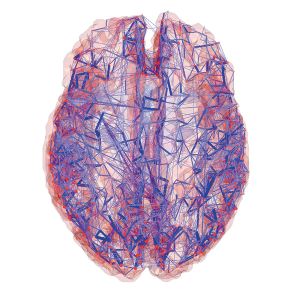
This (seemingly sci-fi) proposal to map every single spike in every neuron was batted around in mid-2012 by Kavli Foundation scientists. I got wind of it shortly thereafter and circulated it around Stanford, where it understandably aroused considerable skepticism.
But, one of the neuroscientists who took it seriously was Professor Bill Newsome, a co-chair of our Stanford Neurosciences Institute.
Roll the clock forward to January, 2013. Unbeknowst to us, this proposal had become the science centerpiece of President Barack Obama's State of the Union — his ten year moonshot.
Next, roll the clock to April, 2013. Professor Newsome gets a call from NIH Director Francis Collins asking him to co-chair the working committee to formally draft the proposal. How was I so clairvoyant? It was just a combination of paying close attention and luck.

In 2012 the (Ray) Kurzweil Accelerating Intelligence (KAI) newsletter ran a major opinion piece by Lt Col Peter Garretson (US Air Force) entitled What our civilization needs is a billion year plan. Here's what made me bristle in that article:
My rebuttal in KAI argued that 1) manned missions — costing 100X the price of science-based launches —are a waste of precious NASA resources better spent on robotic probes and rovers, 2) humanity is already choking off the biosphere — we don't need trillions more in space, and 3) humanity is a stepping stone to the profound intelligences (composition unknown) that may emerge (< 1-2 centuries with luck) that will be the great explorers of space.
PS: The Presidential campaign just past makes the notion of humans writing a billion year plan even more absurd. Humans are only Earth's first attempt at creating advanced tool inventors. From my standpoint, a crucial criterion for evaluating President Trump is whether his actions make a nuclear war, global climate change, or biosphere destruction less likely. Since his ascendancy, The Bulletin of Atomic Scientists warns that he's a ticking time bomb. They've advanced their Doomsday clock closer to midnight.
2020 Addendum: I mainly gauge Trump's handling of the Covid-19 crisis by how much he adheres to recommendations from experts (not his usual mode.) Eventually, the experts seem to get through, although they risk being fired, if their advice contradicts the "flawless genius."
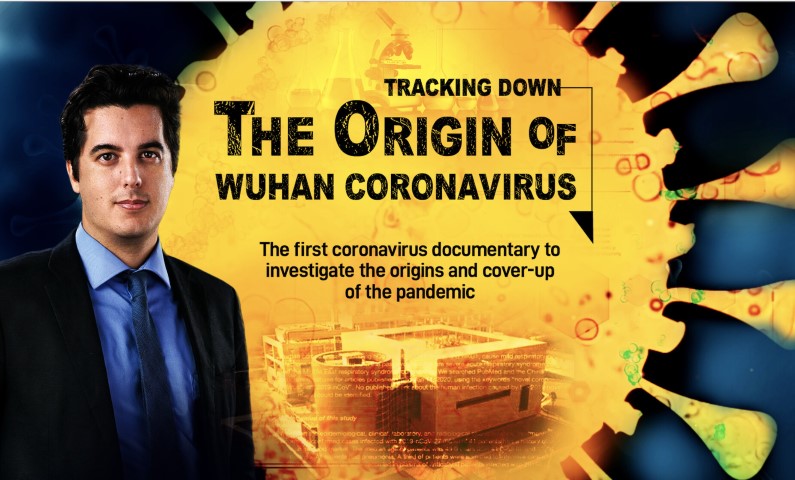
On 18 April 2020 The Epoch Times hosted a video panel which fielded audience questions directed to Joshua Philipp, narrator of their megahit documentary on Origins of the Coronavirus; Sean Lin, PhD, former head of the virology lab at the US Army's Walter Reed Hospital; and Joe Wang, PhD, a vaccine expert.
Here I provide a detailed transcription of that one hour panel. Why did I bother? 1) Epoch Times gets a lot of flak for their one-sided attacks on the Chinese Communist Party. So, can their reporting be relied upon? My answer is ... occasionally — all news sources need to be carefully fact-checked (even my beloved Science and Nature.) 2) The content of this panel is so straightforwardly honest that it's important to set before the public. (Without the mood music in the popular documentary, it received a mere 60,000 views.)
Please note: they reported this particular story well. That's definitely not a ringing endorsement for Epoch Times — their stories are typically heavily slanted, and their inevitable support for Donald Trump is unforgiveable. China's faults (eg their deplorable human rights record) don't need to be exaggerated. (I appreciate principled, conservative voices in politics — Trump's is not one.)
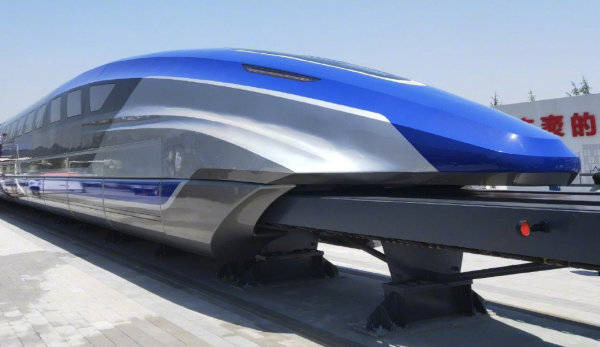
For two millennia until the wars of the 19th and 20th centuries, China was one of the tech leaders of the world. Now, since China took a markedly capitalist direction under Deng Xiaoping, the world has seen the Chinese miracle. With its gleaming new cities, high speed trains, hydroelectric dams, and advanced manufacturing, China has achieved a GDP of 14 trillion dollars.
In large part China owes its remarkable progress to heavy state subsidies that have allowed it to acquire (by whatever means) tech designs from the West. But, can China go beyond merely copying designs to world-class innovation? I discuss factors that may accelerate innovation and tech dominance.
There are also factors that may stall or derail China's acceleration, eg bad investments and centralized control (discussed under China's Downfall: End of the Miracle) and also heavy-handed systems of thought and behavioral control (discussed under China's Surveillance State.)

From the standpoint of the Party, China's new Social Credit System seems like the perfect way to maintain harmony in the Middle Kingdom. Every purchase, every phone call, every email is grist for the Big AI that computes your social credit score. Praise the Party and your score goes up; complain and your score goes down — every dictator's dream.
A crucial part of this new surveillance state is a network of 200 million (soon to be 600 million) video cameras. Those video feeds are continuously monitored by a massive AI system called — I'm not making this up — Skynet ! China spends twice as much on domestic surveillance as it does on its massive army. Billions of those funds flow into China's facial recognition companies like SenseTime and Megvii.

From its humble beginnings in 1978 Huawei has become the world's biggest seller of smartphones and networking equipment. That it copied designs from Apple and from Cisco follows a familiar pattern. However, Huawei has since become an innovation powerhouse with 13,474 5G patents. Meanwhile, the US is strangely absent as a 5G competitor.
Unfortunately for Huawei, it became the center of the Trump administration's war on Chinese tech in 2019 and 2020. Huawei's alliance with the PLA (the Army,) its alleged backdoors in its networking equipment, and its massive state subsidies have placed it at the center of the US's trade war culminating in an embargo of US chips (and some from TSMC and Samsung) and chip making equipment, a crippling blow.
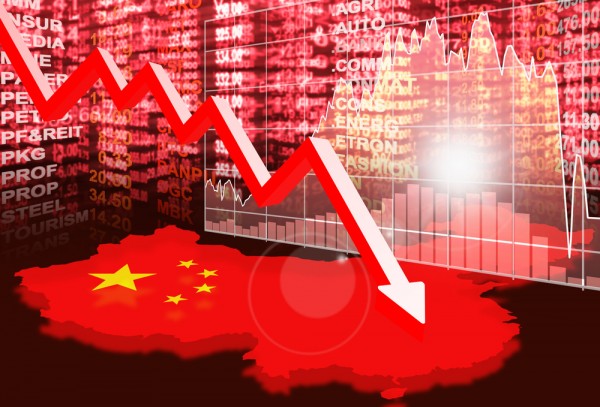 */
*/
China's meteoric rise as a global economic superpower may (or may not) continue. Here, I draw a comparison to the Japanese miracle of the 1980s which abruptly ended in the 1990s and never resumed.
There are several potential risks and challenges to China's continued expansion — out-of-control debt, non-productive infrastructure spending (most notably Belt & Road,) competitor nations that can undercut manufacturing, necessary spending on poverty alleviation, alienation of trading partners due to human rights violations and Xi Jinping's aggressive militarization, and environmental destruction.
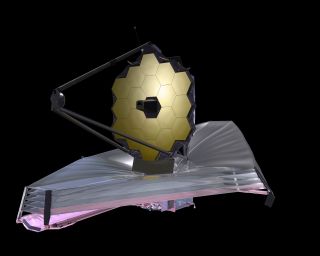
25 December 2021: The James Webb Space Telescope (JWST) launched — a hugh relief for the thousands involved in this multidecade project.
8 Jan 2022: all major subsystems of the JWST have been successfully deployed: the 5-layer tennis court sized sunshield, the 7 meter tripod and secondary mirror and the side wings of the primary.
At the grandest scale the big questions that the telescope will address concern our cosmic origins.
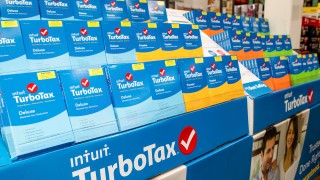
We had severe storms throughout California in 2023. But, it's an ill wind that blows no good. FEMA declared that the storms created an emergency. Then, the ever beneficent IRS and California FTB delayed their tax filing deadlines from April 2023 to October 2023. They also delayed payments of estimated taxes.
If you live in California, you're probably already aware of the above. But, if you do your own taxes, eg using TurboTax, you may not know how to tell TurboTax about the declared emergency and thereby avoid incurring a penalty for delayed payments. The answer is on IRS Form 2210.